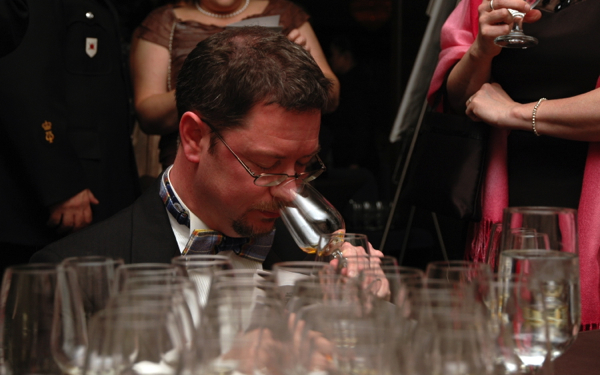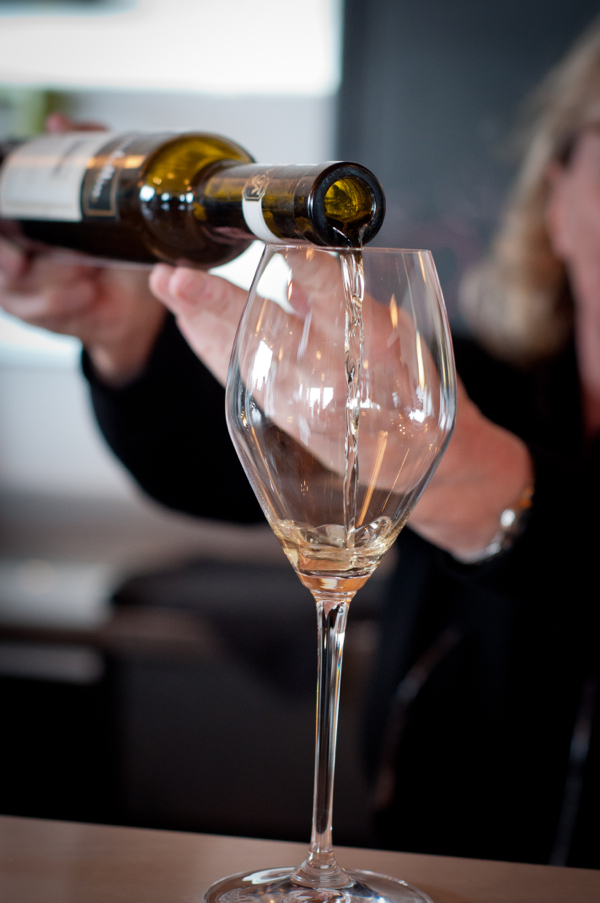 Food and beer pairing, you say? Why yes – don’t let your wine snob friends say it only applies to their drink of choice. 😉
Food and beer pairing, you say? Why yes – don’t let your wine snob friends say it only applies to their drink of choice. 😉
In fact, there’s just as much complexity in the beer world as in the wine world. Many aficionados would even say that beers offer a more natural set of food pairing choices. I’m not sure I’d go quite that far, but I do agree that pairing beer with food is under-appreciated. (Or at least, outside northern Europe.)
Recently I was at the launch of Mirella Amato’s new book, “Beerology”. For anyone with either a passing interest in beer, or wanting to delve in more deeply – I highly recommend this book. I’ve seen Mirella many times over the years at seminars and events, and her charm, humour – and expertise – come through in the book. There’s a lot of detail for beer geeks, but it’s all presented in an easy-going style that does not intimidate the novice. If you’re a knowledgeable wine drinker and want to understand a bit more of what goes on “on the other side”, this is a great place to start.
As with wine, flavours can complement or contrast with food. Both offer differing approaches in pairing. Mirella also speaks of a third, where the flavours “are in a dance”, bouncing back and forth. Then there’s the elusive “new flavour” that’s created by the marriage of the two. As you can see – much similarity to wine.
Many people know the basics of food & wine pairing, but where to begin with food & beer pairing? Well, not surprisingly, some of the principles remain the same. Herewith a few tips for making your selections.
Tips for pairing beer with food
1. Consider regionality
A fail-safe with wine, don’t forget with beer. It shouldn’t surprise that a nice German Pilsner fares well with bratwurst, or that a Belgian witbier pairs beautifully with a bowl of steamed mussels. Caution required, though: it’s a bit trickier than wine, especially in places like North America and Australia where anything goes, in terms of today’s brewer’s. (And food styles!)
2. Don’t forget the sauces, seasoning and spices
Don’t just think about the protein – think about the sauce. That’s more important than the protein: what’s the dominant flavour? So those light sauces will generally want a lighter beer. Lagers tend more to cereal, bread and citrus flavours, darker ales to mocha and coffee. Think of that in terms of the seasoning on your dishes. Of course, there’s no reason you cannot pair a different beer with each dish in a menu. Which leads nicely to…
3. How heavy is your dish?
This isn’t as fail-safe, but works well. Lighter dishes will often be overwhelmed by a heavier beer. While a nice Porter goes well with that burger, or a Rauchbier is perfect with grilled ribs…both will likely be heavy for sautéed chicken breasts. As with wines, a weight progression throughout a meal (lighter to heavier) is ideal for the palate. This is actually the way a meal itself progresses, so works logically. And yes – there are some perfect matches for desserts. If you haven’t yet tried a kriek lambic with that black forest cake…you’re in for a treat.
4. How much hops is there?
The hoppier a beer, the better it pairs with spicy food. Think India Pale Ale or American style IPA – the latter have tended to very hoppy styles the last years. As heavy hops are not for everyone, don’t feel you need to get one ridiculously high. But they’ll work better than a light lager. Not sure about hops level? The technical measurement is “IBUs” – International Bitterness Units. Some craft beers now list on the label. Anything over 30 starts to get into the hoppy realm…above 50 is serious bitterness. Or ask your bottle shop expert.
As with wine, never fear experimenting! You’ll find some surprises (stout with oysters, anyone?), and have fun along the way. But as with wine, the only expert is you: there’s no point drinking a beer you don’t enjoy just because someone tells you it “matches” with a dish.
Happy quaffing!
Purchase Beerology for yourselves on Amazon or Amazon Canada. Or for free worldwide shipping, buy from The Book Depository.
___________
Please note: The product links from Amazon, Amazon.ca and The Book Depository are affiliate links, meaning if you click over and purchase something, we receive a very small percentage of the purchase price which goes towards maintaining this webiste. Thank you in advance!
__________
Disclosure: We were provided with a copy of “Beerology” for review purposes. We were also guests of Random House Canada at the book launch/ beer and cheese pairing. We were not asked to write about either the book or the launch, nor are we being compensated for doing do. All opinions 100% our own.
* a version of this article first appeared on eat. live. travel. write.
** Photography in this post by Mardi Michels.






